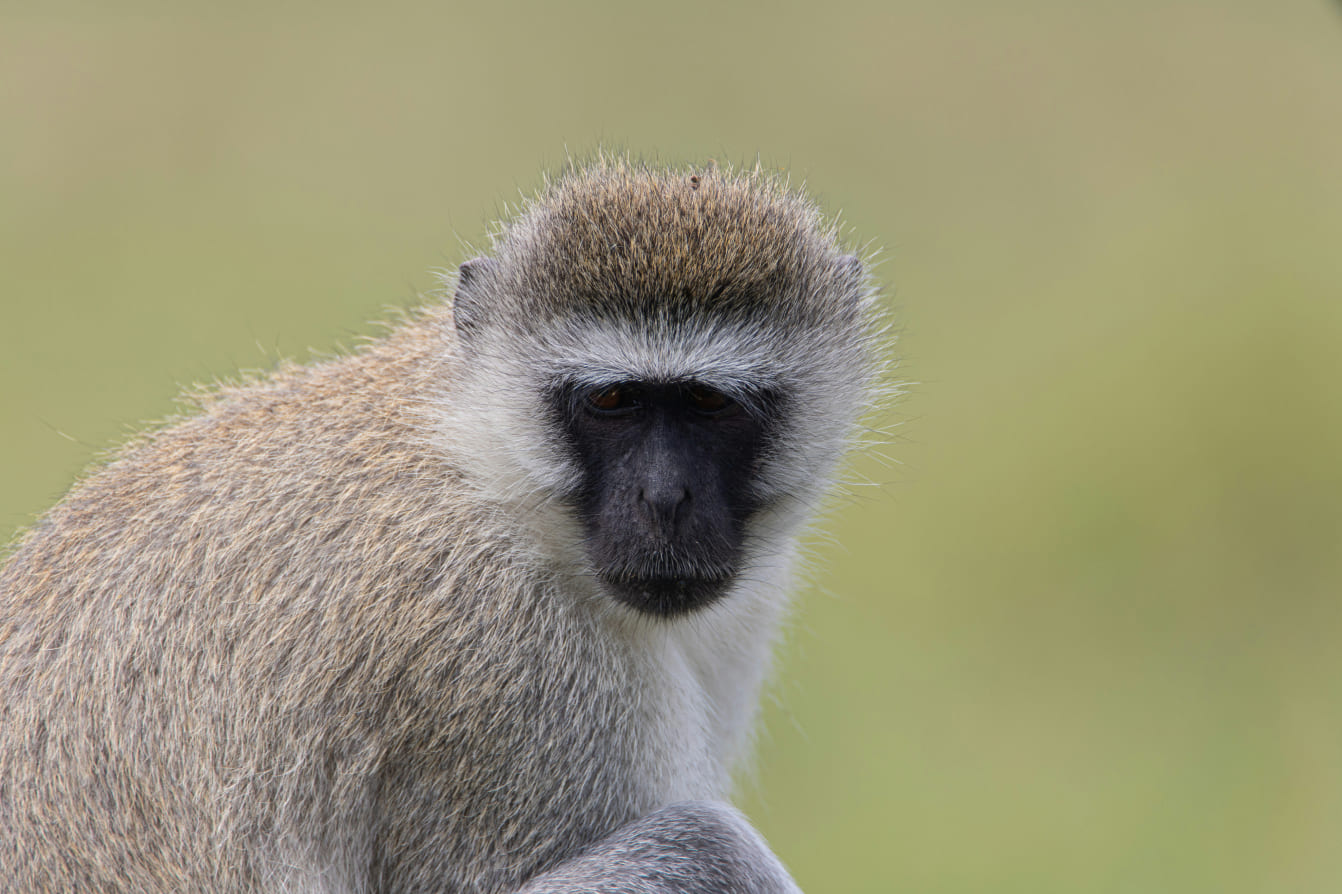Forest and Steppe Sanctuaries

Gray Langur
Gray langurs, also known as Hanuman langurs, are elegant primates native to the forests, grasslands, and scrublands of South Asia. These monkeys are highly adaptable and can be found in both wild reserves and urban areas. With their long tails, slender limbs, and expressive faces framed by gray fur, they are easily recognizable.
Langurs are predominantly herbivorous, feeding on leaves, fruits, and flowers. Their specialized stomachs allow them to digest tough plant material, giving them an advantage in nutrient-poor environments. Living in troops of up to 100 individuals, gray langurs exhibit complex social structures, with dominant males leading the group and defending it from rivals.
In reserves, gray langurs are protected from habitat destruction and hunting. Their presence is also culturally significant, as they are considered sacred in many regions. Conservationists work to maintain natural habitats, prevent human-wildlife conflict, and study their behavior to better understand troop dynamics. By preserving langurs, reserves help protect the ecosystems these primates inhabit, as langurs contribute to seed dispersal and vegetation management.

